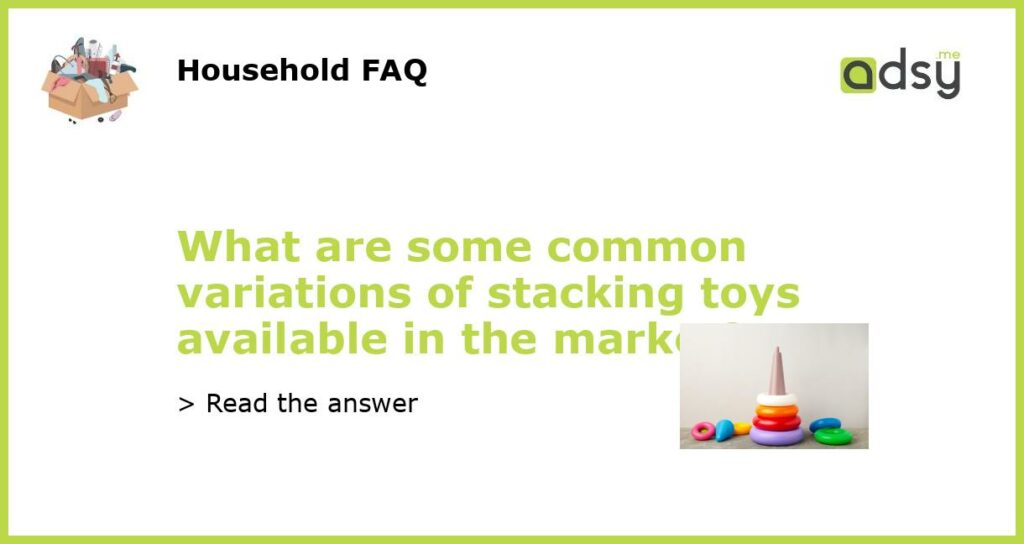Stacking Rings
One of the most popular variations of stacking toys is stacking rings. These toys typically consist of a base with a pole or rod in the center, and a set of rings in different sizes that can be stacked on top of each other. The rings are usually made of plastic or wood, and each one has a different diameter, allowing them to be stacked in order from largest to smallest. Stacking rings help children develop their fine motor skills, hand-eye coordination, and spatial awareness as they learn to balance the rings and manipulate them onto the pole. They also introduce basic concepts of order and size, as children learn to stack the rings in the correct sequence.
Stacking Cups
Another popular variation of stacking toys is stacking cups. These toys are usually made of plastic and come in a set of cups of different sizes that can be stacked on top of each other. Stacking cups offer similar benefits to stacking rings, such as improving fine motor skills, hand-eye coordination, and spatial awareness. However, they also have additional benefits, such as promoting sensory play. Children can use the cups to scoop and pour water, sand, or other sensory materials, which can enhance their tactile and sensory development. Stacking cups also introduce concepts of volume and measurement, as children learn to nest the cups inside each other.
Stacking Blocks
Stacking blocks are another common variation of stacking toys. These toys usually consist of a set of blocks in different shapes and sizes that can be stacked on top of each other to build structures. Stacking blocks offer a wide range of educational benefits. They help children develop their hand-eye coordination, problem-solving skills, and spatial awareness as they build and balance different structures. Stacking blocks also promote creativity and imagination, as children can use the blocks to create their own designs and constructions. In addition, stacking blocks can introduce basic concepts of math and physics, such as understanding balance and gravity, as children experiment with different ways to stack the blocks.
Stacking Puzzles
Stacking puzzles are a variation of stacking toys that combine the concept of stacking with the challenge of solving a puzzle. These toys usually consist of a set of wooden or plastic pieces that can be stacked in a certain order to create a complete picture or shape. Stacking puzzles help children develop their problem-solving skills, hand-eye coordination, and spatial awareness as they figure out how to stack the pieces in the correct sequence. These toys also promote cognitive development, as children learn to recognize and match colors, shapes, and patterns. Stacking puzzles can be a fun and engaging way for children to enhance their cognitive and motor skills while also having a sense of accomplishment when they complete the puzzle.
Stacking Nesting Toys
Stacking nesting toys are a unique variation of stacking toys that offer a different twist on the traditional stacking concept. These toys usually consist of a set of hollow dolls or containers that can be nested inside each other, similar to Russian nesting dolls. Each doll or container is a different size, and they can be stacked by placing the smaller one inside the larger one. Stacking nesting toys help children develop their fine motor skills, hand-eye coordination, and spatial awareness as they stack the dolls or containers. They also introduce concepts of size and order, as children learn to nest the dolls or containers in the correct sequence. Stacking nesting toys can be a fun and interactive way for children to engage in imaginative play and explore concepts of size and space.






